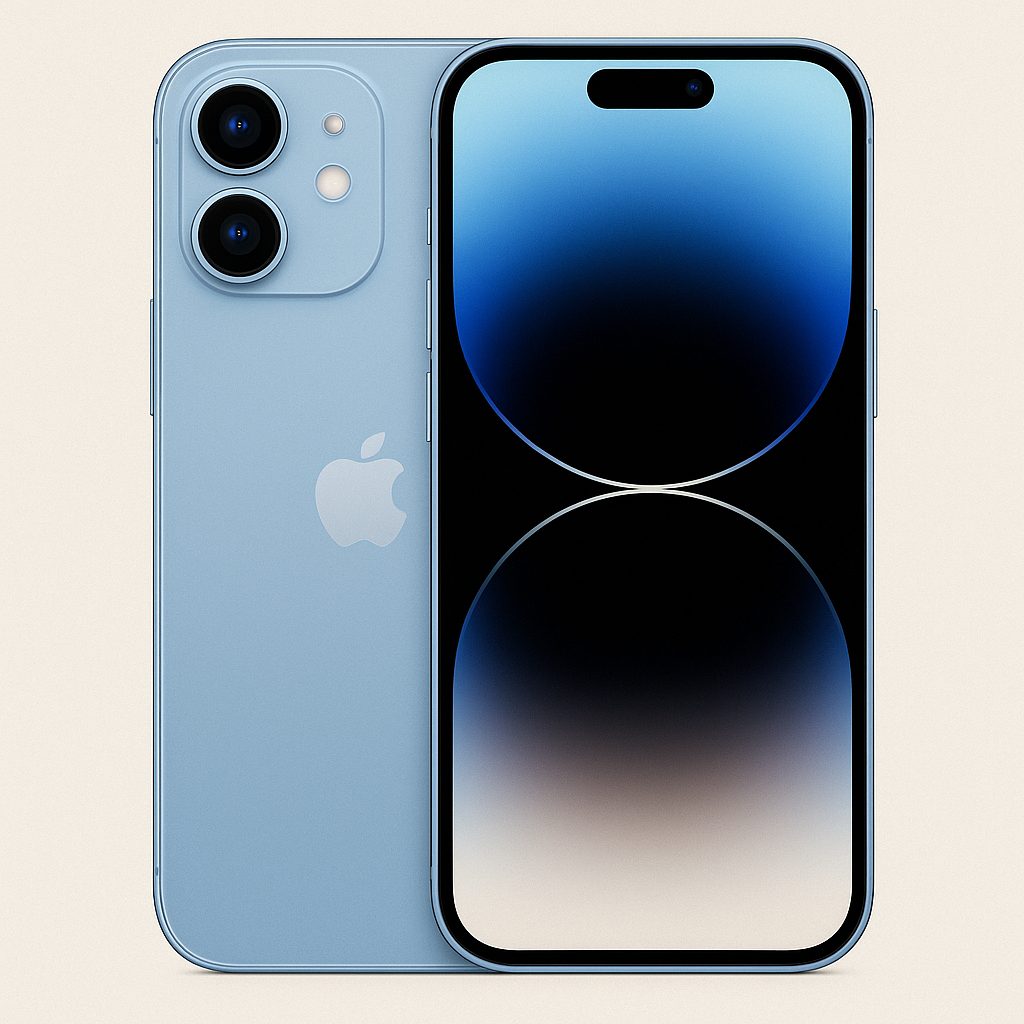iPhone 16: A Quiet Evolution
There’s a subtle beauty in refinement. The iPhone 16 is not about uprooting everything Apple has done; rather, it’s about polishing edges, smoothing transitions, and gently pushing what’s already good into a slightly better place.
What Stands Out
- Design & Feel
The form is more mature, more assured. Edges are softer; materials seem more considered. Even minor tweaks — like button placement or the finish — feel calibrated rather than flashy. It seems aimed at those who appreciate finesse over fanfare. - Display & Visuals
Brighter screens. Thinner bezels. Perhaps more efficient display tech. Colors appear more vivid, contrast more convincing. Daylight legibility improves, and HDR content feels more immersive. It’s one of those things you almost take for granted once you have it, but notice the difference when you go back. - Performance & Power
The internal hardware (processor, GPU, neural engine) feels like it has caught up in areas where previous models were pushing limits. Apps open a tiny bit quicker; multitasking is smoother. Battery life seems improved in realistic usage, not just synthetic benchmarks. - Camera Improvements
Apple seems to refine what was already strong. Low-light shots are cleaner, dynamic range more balanced. Video stabilization is steadier. Portraits pop in more natural tones. Maybe the ultra-wide gets a slight bump in clarity. It’s less about radical innovation, more about better consistency. - Software & Ecosystem
iOS updates continue to matter. Little features that feel like afterthoughts in earlier versions are more fully realized. Integration with accessories, cloud, wearables — all feel more seamless. Things you expect just work a bit more smoothly.

Where It’s Less Than Perfect
- Incremental Gains
If you already own one of the recent iPhones (14 Pro, 15 Pro, etc.), some of the upgrades may feel small. Mildly better is good — but not always exciting. - Cost vs. Value
The price remains high, especially for Pro/Max variants, and many features are only available at those tiers. For someone who wants the basics, it might feel like paying for things you won’t use often (zoom lenses, ultra-bright displays, etc.) - Size and Ergonomics
Bigger screens, more metal, more features: these tend to add weight. For many, the heft is barely noticeable; for others (especially used to smaller or lighter phones), it’s more of a trade-off. One-hand use may be harder. - Innovation Plateau?
There’s a sense that major breakthrough features (the kind that redefine what a phone can do) are less frequent. The iPhone 16’s strengths are refinement, not revolution. Some may find that comforting; others may find it less inspiring.
Who Should Get It
The iPhone 16 feels ideal for people who:
- Want reliability, rather than chasing the newest gimmick.
- Appreciate small upgrades that add up over time.
- Use their phone heavily (photos, video, work) and will benefit from the better display, camera, battery.
- Value the ecosystem and long-term software support — those gains often make up for premium pricing over several years.
If you’re more casual — you use the phone mostly for messaging, streaming, light use — some older iPhones may still serve you well enough.
Final Thoughts
The iPhone 16 isn’t a bold leap. It is, however, a careful, composed one. In a landscape where every product seems to race for headline features, Apple seems to be saying: let’s make all the little things right. If that kind of quiet confidence appeals, the iPhone 16 is a strong choice.